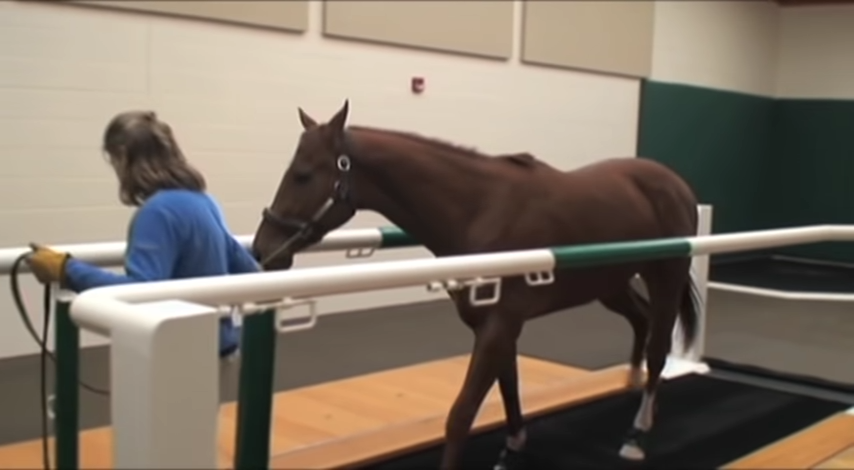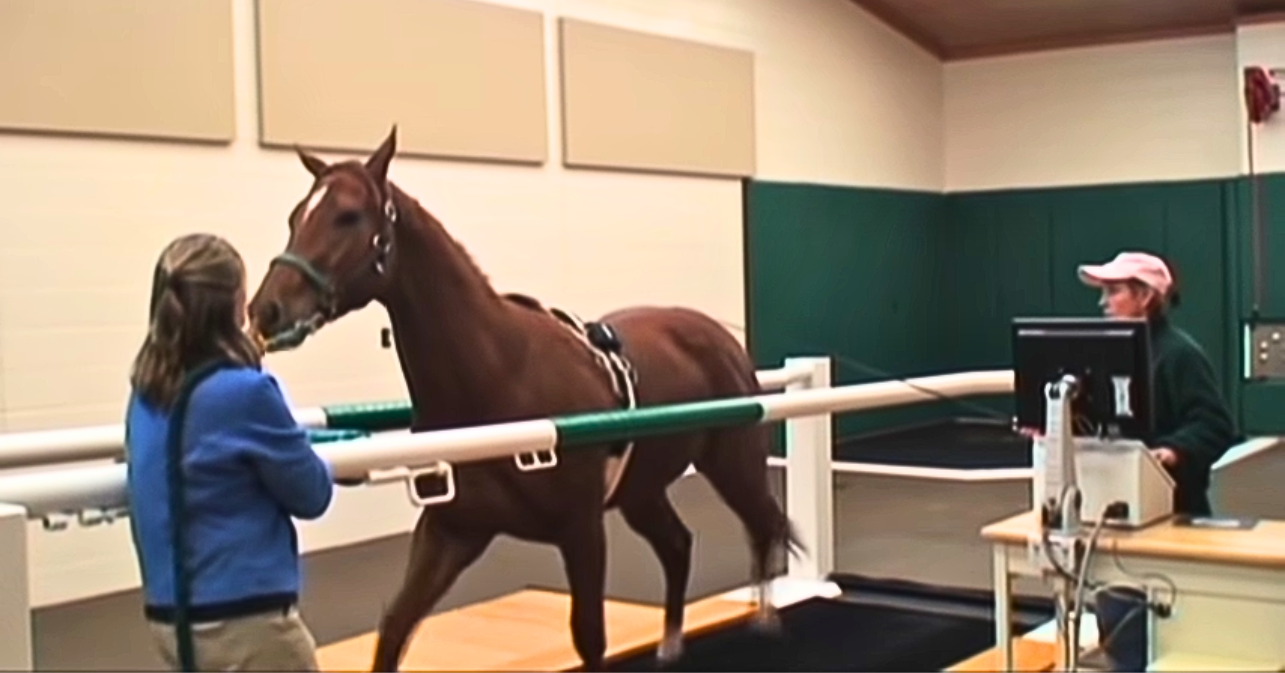As a horse owner or trainer, you know that problems with your equine athlete’s upper airway can severely impact their athletic performance. This is where the Performing Treadmill Endoscopy comes into play. This type of dynamic evaluation is incredibly useful in identifying any upper airway abnormalities affecting your horse’s performance that may not be visible during a resting endoscopic evaluation.

During the acclimation phase, your horse is carefully taught how to exercise on the treadmill. This not only familiarizes them with the equipment but also warms them up for strenuous exercise. The horse is gradually introduced to the treadmill, starting with walking and eventually transitioning to a canter or gallop. The treadmill speed is adjusted to mimic the horse’s typical work, ensuring an accurate evaluation of their upper airway.

The endoscopic examination itself is recorded and evaluated in slow motion, allowing for the detection of subtle abnormalities that may have gone unnoticed otherwise. The examination is tailored to each horse’s level of fitness and discipline, ensuring that any abnormalities impacting their performance are identified.

During the examination, the horse’s head and neck position or collection are crucial in diagnosing upper airway abnormalities. This is especially true for breeds that compete with a specific head carriage, such as hackneyed show ponies. The examination is not limited to racehorses either, as standardbred trotters also undergo this evaluation while wearing the same equipment they use during a race.

In conclusion, Performing Treadmill Endoscopy is an essential tool for any horse owner or trainer looking to optimize their equine athlete’s performance. By identifying any upper airway abnormalities that may be impacting their performance, you can take the necessary steps to correct them and ensure your horse is performing at their best. Don’t hesitate to reach out to a qualified equine veterinarian to learn more about this valuable evaluation.
